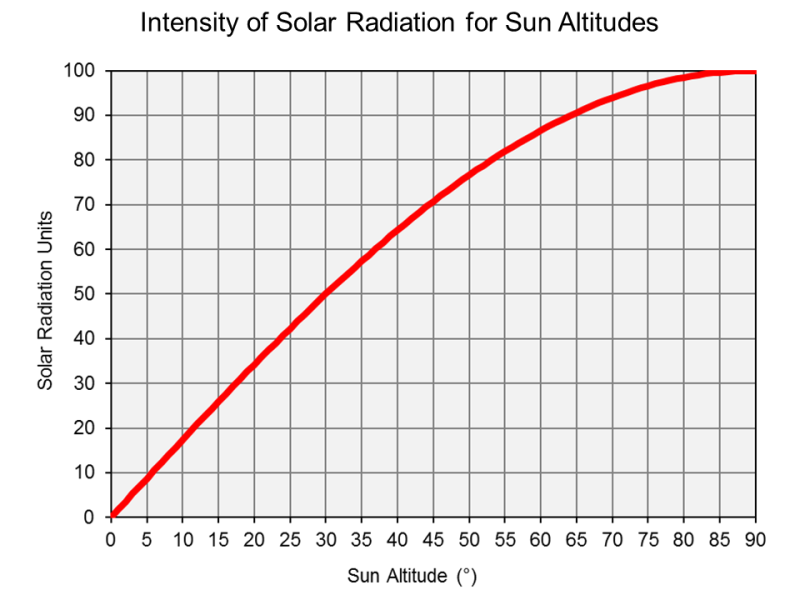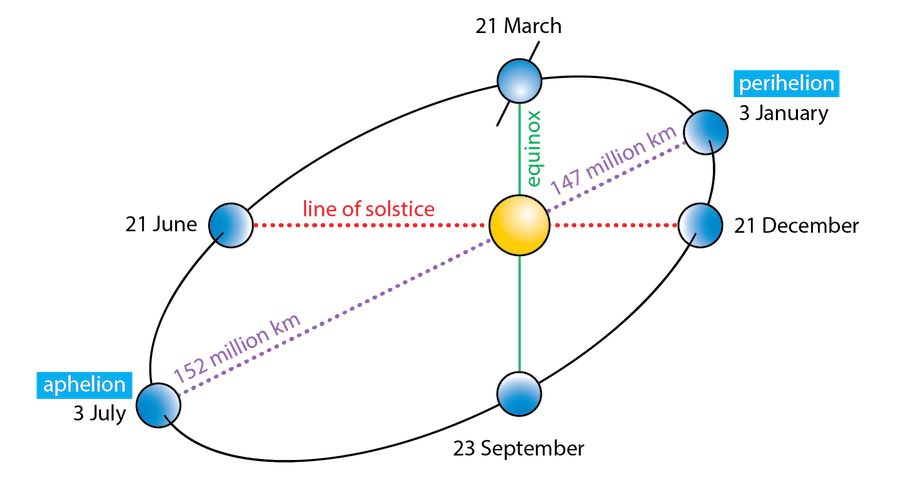[see
Forum Thread this is taken from for more]
These steps will help you to figure out how much solar you need to recharge batteries. Say, for example, you're going hiking for a few days and want to know how much solar you'll need to charge your critical devices.
- Measure how much power your devices use under actual conditions with a watt meter. So for a laptop or cell phone battery, let the device discharge and then recharge it with the meter measuring it. Record that number and how long it took to recharge. For this exercise, let's assume it took 150 watts and two hours to charge; you guess it, that;s 150W x 2 hrs = 300 Wh.
- Next you need to know how much usable sunlight you have. The sun might shine for 12 hours a day, but you'll need an insolation map to get the usable hours. 5 isn't too bad a number. If you slept in and are hiking around a couple of hours everyday during 9-3 to get to the next camp site you'll have to subtract that out of your usable hours.
- Now take the watt-hours you need and divide by the number of hours of sunlight, so say 300wh/5h = 60w.
- Inverters have losses, so divide that by 80%. So, for 300wh you'd need at least 75W of solar panel and that assumes a perfectly clear day all day. But you probably won't have that, perhaps you'll have some clouds or rain. You'll either have to do without under those conditions or budget a little extra -how much is up to you.
- Next you'll need an inverter to convert the DC power from the panel into AC so your laptop's charger can convert it back into DC. You know your device draws 150W but you'll want to add a little more to be safe. So you'll need an inverter that can continuously supply at least 150 x 120% = 180 watts.
How much power do my panels generate?
Suppose you already have panels? How much power do they generate? Panels are rated in
watts at a very specific set of lab conditions you'll probably never see. Without getting into really complicate equations, folks use an
insolation map. This will give you the amount of "usable" sunlight in hours per day for the average day throughout the year, here's the forumla: Number of Panels x Watts/panel * hours from insolation map * losses.
So, if you have 2 100W panels and insolation map says 5 hours for your area, that's 2 x 100 x 5 x .8 = 800 watt hours per day
See the
Battery FAQ to get information on properly sizing batteries to store your solar power.
Not in the U.S.? Get your insolation map
here.
There's a lot of sun here, that Insolation Map can't be right, can it?
The wattage rating on a solar panel is measure in a lab using standard test conditions (STC) of 1000 watts of solar power per meter squared at 77 degrees F with an air mass of 1.5.
If the panel is tilted perfectly perpendicular and the temperature and air density all align, then you should see the rated wattage at
solar noon.
At solar noon, there's the minimum amount of atmosphere between the panel and the energy from the sun. But the Earth is always rotating and solar noon is but an instant. As the sun continues in it's track across the sky, more and more atmosphere get's in the way reducing the total amount of power available to the panel. The chart below shows how the power available from the sun falls off based on the angle through the atmosphere.
The insolation map takes many factors into consideration include seasonal variations to give you an
average amount of power for the year. Considering how complex it is, the insolation map does an amazing job.
The way the insolation map works is to give you the amount of time per day in your area you receive the equivalent of the maximum possible solar power (e.g., 1000W/m2). That is around noon you get 100% for 15 minutes, then for 1 hour ~95%, then 2 hours at ~80%, then 2 hours at ~60%, 4 hrs at 40%. If we add that up 1x.25 + .95x1 + .8x2 + .6x2 +.4x4 = 5.6 hours at 1000W/m2 over at 10 hour day.
Rather than sum up discrete numbers, the insolation map uses calculus to calculate the total. So, if it says 5.5, that means during the average 12 hour day you'll see the equivalent of 5.5 hours at the full rate of 1000W/m2. That's useful, because solar panels are rated at that level of solar power, so a 200W panel generates 200W of power when the sun is providing 1000W/m2.
By knowing the number of equivalent hours at 1000 W/m2; you can calculate the total number of watts your panel can generate in a day. So, if the insolation number is 5.5 hours and you have a 200W panel, the panel should on average generate 5.5x200 = 1100W/d.
What month gets the maximum output from a solar array?
The earth has an elliptical orbit, it is closest
to the sun and receives the maximum energy at Perihelion (early January for the next few centuries).
This is also demonstrated by solar radiation measurements from orbit.
But if you live in the northern hemisphere, that's probably not what you see. | |
Extraterrestrial Solar Radiation (Earth orbit)
View attachment 19387 |
If you live in the southern hemisphere you get more solar energy in hot months (January) as the sun is higher in the sky and the Earth is closer to the sun then your northern hemisphere counterparts do in their hot months (July). But, you pay for it in winter as the Earth's axial tilt works against you and the Earth is farther away.
The tilt angle of your panels is typically optimized for the season when you need the most power, if you have net-metering it would be set to get the highest yearly total.
The last factor is weather. If there's a bad weather season, regardless of the energy output from the other factors, it will negatively impact the performance of your solar panels. Tools like NREL's
SAM can help you factor all of these to get the best tilt angle for your situation.




